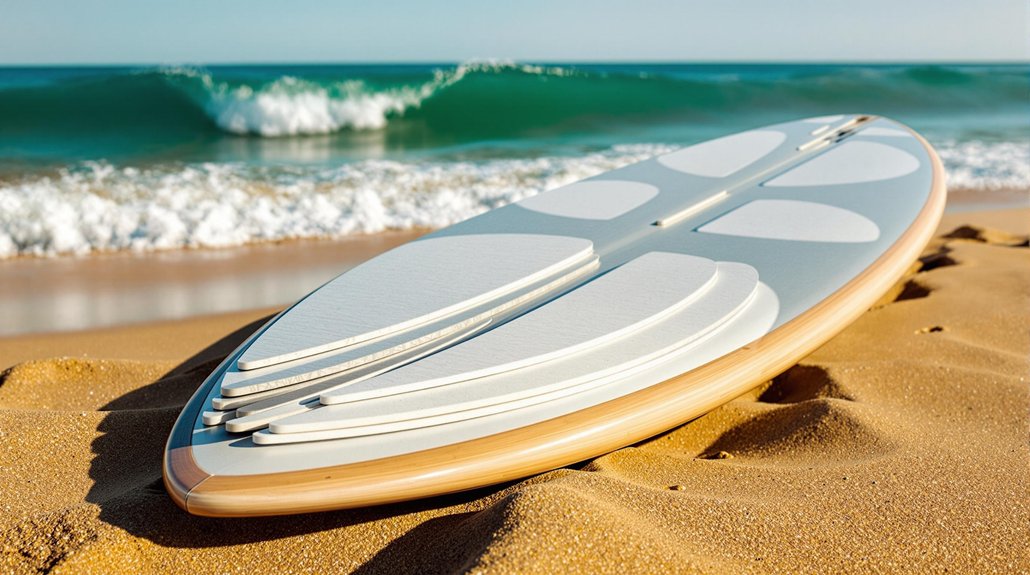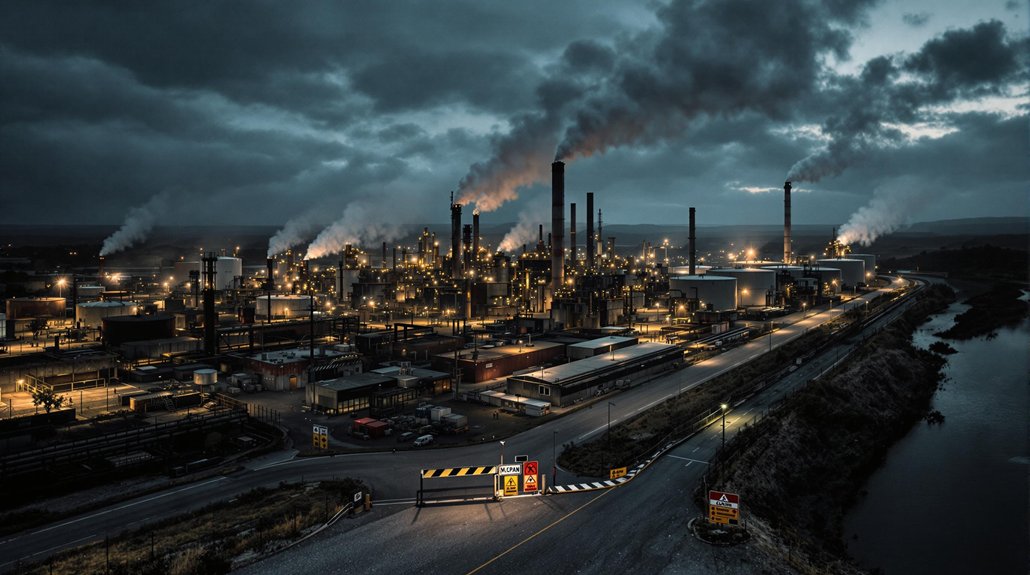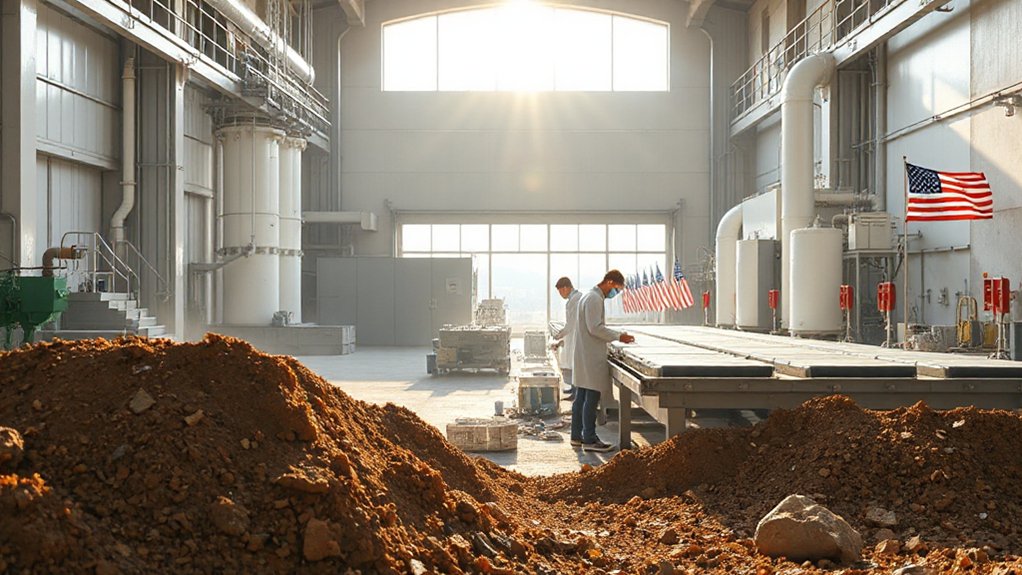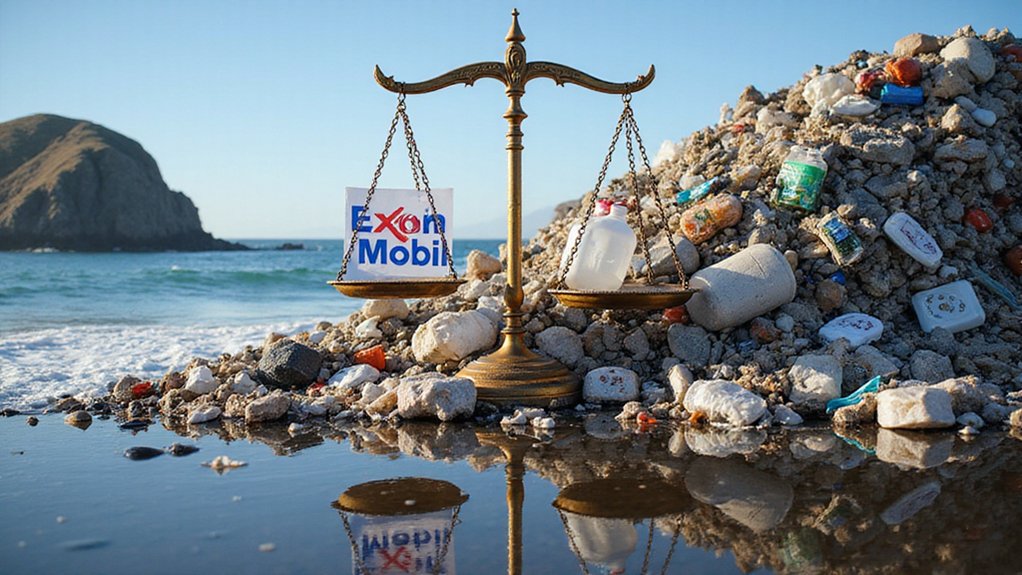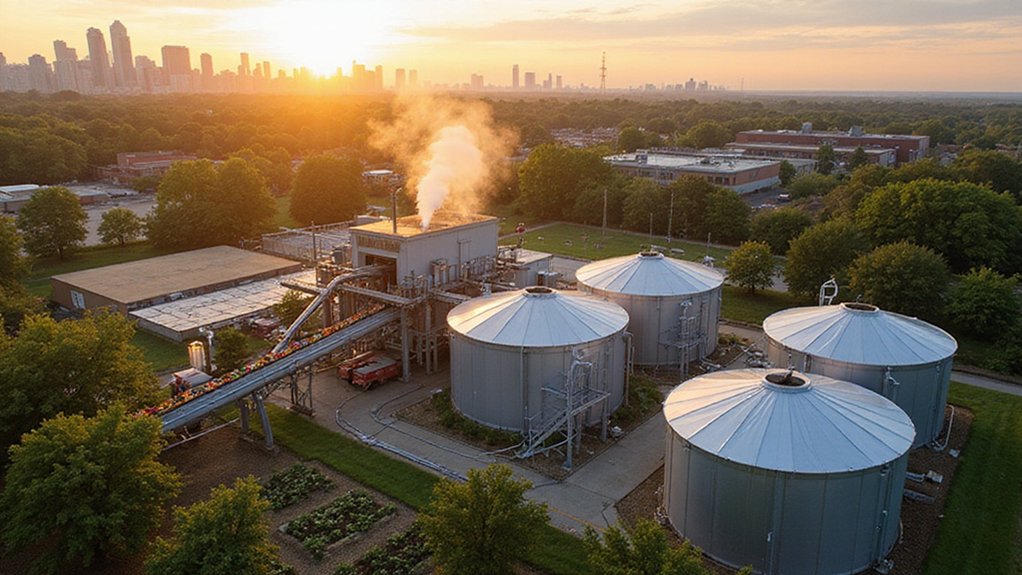Innovative eco-surfboards are now being crafted from repurposed wind turbine blades. These boards slash carbon footprints by 30% and VOC emissions by 75%. ACCIONA’s Turbine Made initiative has already produced ten prototypes, with performance matching traditional boards. Industry certifications demand specific bio-carbon and recycled content percentages. Manufacturers use high-tech green processes like 3D printing and vacuum-forming techniques. Even pro surfers are catching this sustainable wave. The future of surfing looks surprisingly green.
While traditional surfboards have ridden a wave of environmental criticism for decades, the surf industry is finally paddling toward sustainability with innovative eco-surfboards. The latest breakthrough? Repurposed wind turbine blades. Yes, those massive composite structures that used to end up in landfills are getting a second life as surfboards. Genius or desperate? Maybe both.
These new eco-boards aren’t just a feel-good marketing ploy. They actually perform. With comparable flex and responsiveness to traditional petroleum-based boards, surfers don’t have to sacrifice their experience to save the planet. Some are even reporting better buoyancy from cork cores. The boards are lighter too, thanks to natural materials like bamboo and paulownia veneers. Not too shabby.
Eco-surfboards deliver real performance with planet-friendly materials. Better buoyancy, lighter weight, and zero sacrifice.
The environmental benefits stack up quickly. Eco-surfboards reduce carbon footprints by up to 30% and slash VOC emissions by a whopping 75%. That’s the difference between surfing in toxic soup and actually enjoying clean ocean air. Many components are biodegradable and compostable. Revolutionary concept: things that come from nature return to nature. Similar to how biomass energy works as carbon-neutral technology when plants and materials are sustainably managed, these eco-surfboards contribute to closing the carbon loop.
Manufacturing has gone high-tech green. 3D-printed internal structures made from recycled materials. Vacuum-forming techniques for wood veneers. ACCIONA has created ten prototype boards as part of their Turbine Made initiative. Even the cleaning products are citrus-based. The industry has standards now too – the ECOBOARD Project certification demands at least 19% bio-carbon content in resins and 25% recycled content in core materials. Third-party lifecycle assessments for serious contenders.
Consumers are catching on. What was once a fringe market is becoming mainstream. Major manufacturers are jumping aboard the sustainability train. Prices are dropping. Pro surfers are collaborating with eco-board makers. Some professionals are now regularly competing with boards made from mushroom-based materials. People care now.
Challenges remain. Bio-based resins still need improvement. Research continues on mushroom-based foam and fully recyclable designs. The industry’s pushing toward circular economy principles.
But one thing’s clear – those old wind turbine blades are finding new purpose under surfers’ feet. From catching wind to catching waves. Not a bad retirement plan.
